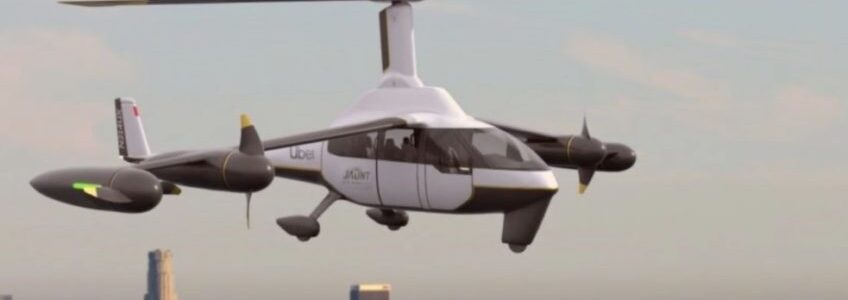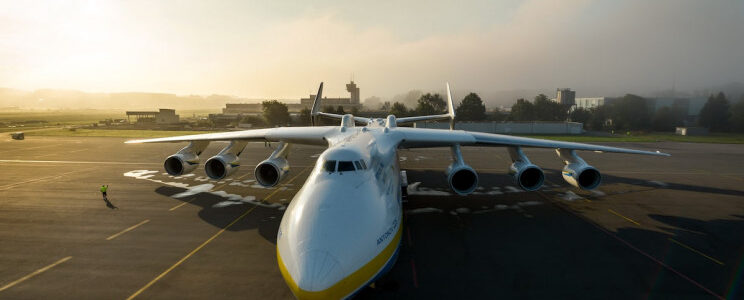Decarbonising The Aviation Sector: Electric vs Hydrogen Aircraft
We harnessed the power of flight more than a century ago when Wilbur and Orville Wright achieved the first powered, sustained and controlled aeroplane flight. Over time, this technology advanced allowing people to connect from all over the world fast than ever. However, this form of transport relies entirely on fossil fuels and that’s not a sustainable, long-term solution. If we are to succeed in decarbonising the aviation sector, we need another plan but will it be electric planes or hydrogen aircraft?











Recent Comments